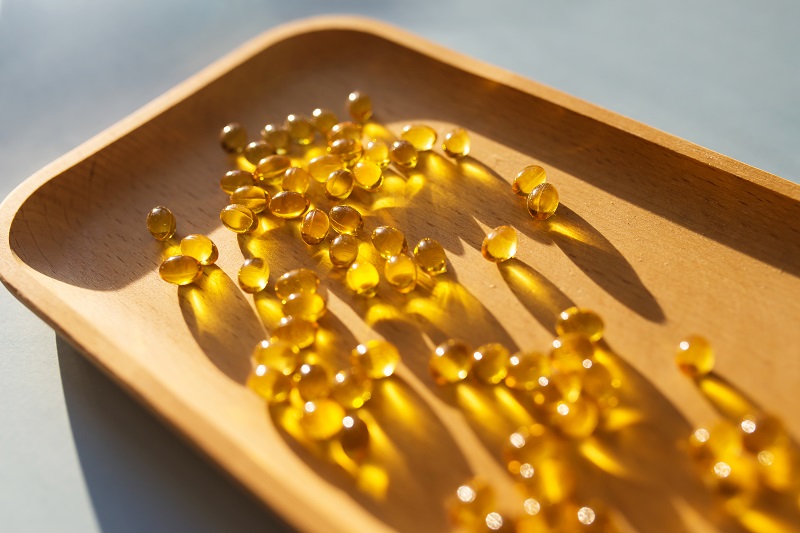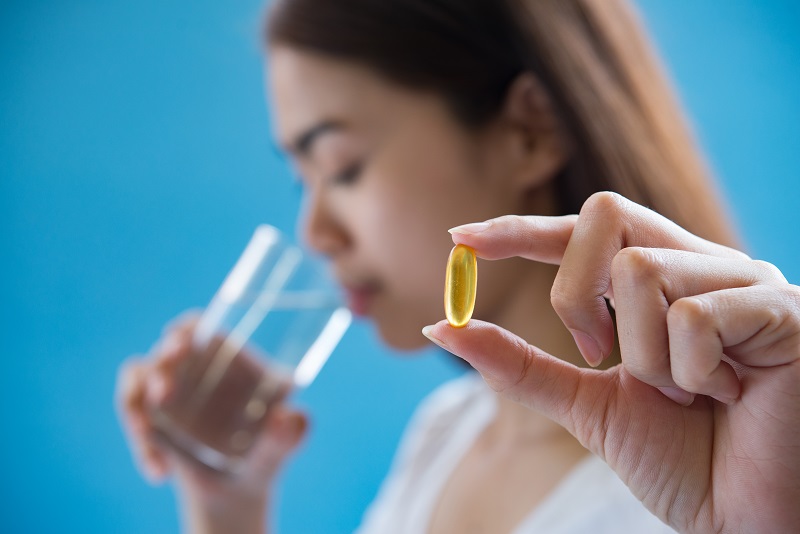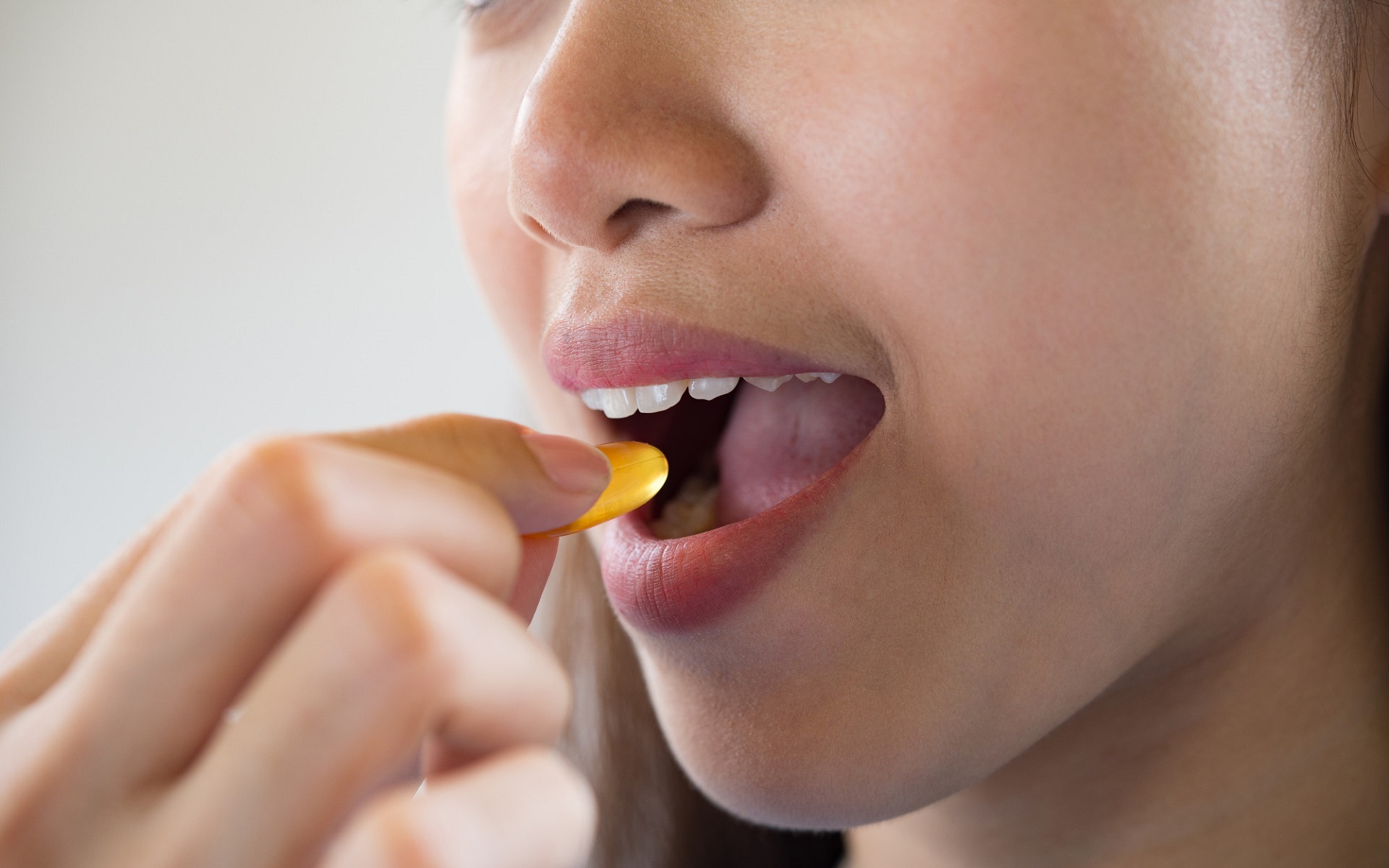Both drugs and dietary supplements are available on the pharmaceutical market in various forms, of:
- liquids
- drops
- tablets
- powder
- jelly beans
- capsules
Each of them has its advantages and disadvantages. Such a wide selection allows the consumer to choose the most convenient form for themselves, according to their preferences.
In the case of capsules, they differ from each other, in:
- chemical composition
- dissolution rate in the digestive tract
- texture
- size

Softgel capsules
Softgel capsules, as the name suggests, are usually soft, made mainly of gelatin. Mostly, because you can also get hard gelatin capsules, which consist of two folded parts, so they can be separated. The soft ones, however, will be slightly more resistant to various damages.
Softgel capsules are most often used to contain oil (e.g. fat-soluble vitamins – A, D, E, K) or other ingredients in liquid or semi-solid form. Gelatin occurs naturally in food and is a protein composed of amino acids that build collagen. The origin of this compound may be fish, pork or beef, which is why vegans avoid it in food products and preparations used. Recently, vegetarian soft gel capsules have also been produced and this information should be included on the packaging. Gelatin naturally dissolves in the body under the influence of body heat, usually within 30 minutes of ingestion. Although there are also capsules that survive the stomach environment and are designed to deliver the active substance to the intestines. The capsule usually has a transparent coating so that its contents can be seen. The capsule may also contain additives that support its construction, such as plasticizers (e.g. glycerin) and solvents (usually water), as well as flavorings and dyes. The capsule production process is simple. Since the main ingredient is gelatin, it must be dissolved, usually in water by stirring. This is followed by encapsulation together with the finished filling material, and finally drying and cleaning. The production process may vary slightly depending on the manufacturer.
Softgel capsules are characterized by:
- high tightness
- resistance to light and oxygen
- resistance to microbiological contamination
- mechanical strength

Benefits of Softgel Capsules
The advantage of Softgel capsules is their simple and natural composition, unlike tablets, which inevitably contain many fillers and various additives to maintain their structure. This may cause the nutrients contained in the tablets to be less well absorbed. It is no wonder that manufacturers still use this solution because, above all, it is cheaper. Softgel capsules have a long shelf life. In addition, the liquid or semi-liquid form of a given substance is more absorbable than one pressed into a tablet, which may distribute unevenly. The weaker element of gelatin is its hygroscopicity, i.e. its susceptibility to binding water, and such capsules may soften during storage. If someone is afraid of an unpleasant odor from the supplement they are using, gelatin capsules provide neutrality in this respect and there is no smell or taste.
Bibliography:
https://www.gelita.com/en/Softgel_Softcapsules
https://www.pharmaceutical-technology.com/products/softgels/
https://www.pharmacompass.com/pharma-blog/overview-of-softgels-capsule-manufacturing-soft-gel-technologies-for-the-bioavailability-enhancement-of-oral-softgel-solid-dosage-forms
https://www.soft-gel.com/
Grażyna Kubiak-Tomaszewska1 , Piotr Tomaszewski1,2, Jan Pachecka1,2: Hypromeloza w technologii farmaceutycznej kapsułek oraz innych dawkowanych postaci leku. Pediatr Med Rodz 2011, 7 (3), p. 271-276

